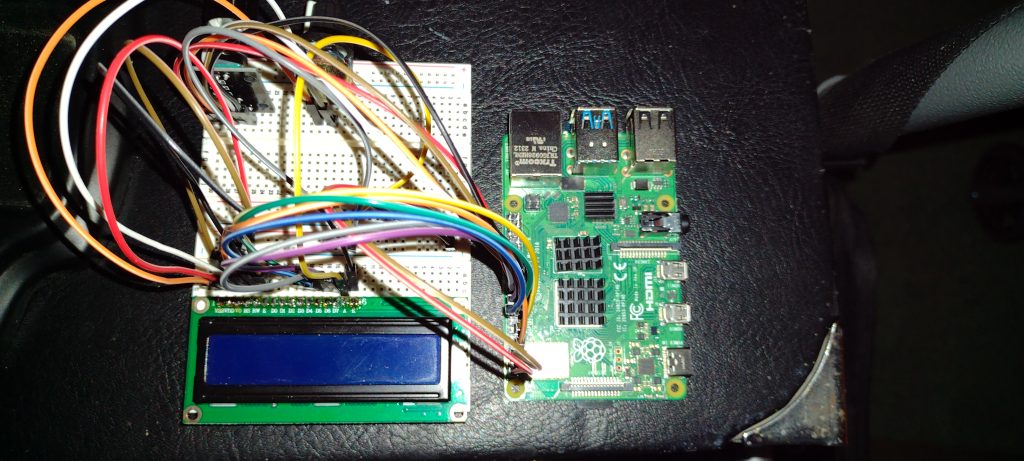I started a new project to make a MiniDexed synth. The little synth recreates, to a large degree, the famed Yamaha DX 7 Synth (minus the keyboard and “front panel”). The MiniDexed uses a Raspberry Pi as the base, with a couple of knobs and a simple text display.

I’ve ordered a project box to put the MiniDexed into which will take a while to arrive, they’re current made when they’re ordered and then shipped, from Europe. I’m repurposing a PiSound case to make my project. The MiniDexed project has a “print-your-own” case available, but I don’t have a 3D printer so my choice was the PiSound case. The page for the project has a section showing their case design. That same page shows the wiring diagram I used to make the prototype.
I’ve tested the setup, and it does play music and emulates DX-7 voices nicely. I had to use a MIDI keyboard to control the synth and play some notes. In my picture above, you can see the simple 2 line by 16 character display, the rather well hidden two knobs – A continuous encoder to scroll through menus and select options, and a contrast potentiometer, and of course the Raspberry Pi 4.
I will be using connector headers to make the wiring harness so that the parts can be installed in sections so I can open the project case as needed. One 16 pin header for the display which connects to a 2×20 pin header to connect to the Raspberry Pi GPIO pins. That 2×20 pin header will also connect a five pin header to the continuous encoder, and a 2 pin connector for the contrast potentiometer.
Once completed, the MiniDexed will operate as eight sound engines, each capable of 16 simultaneous notes, much like a Yamaha TX 816 Rack module. The TX 816 put 8 DX-7 Sound Engines in a rack mountable cage. That’s 128 notes at a time via the 8 sound engines (they can be all the same voice, or 8 different, or a mix between, at 16 notes from each sound engine). All controlled by MIDI messages.
I’ll be sure to post updates as I complete them.









